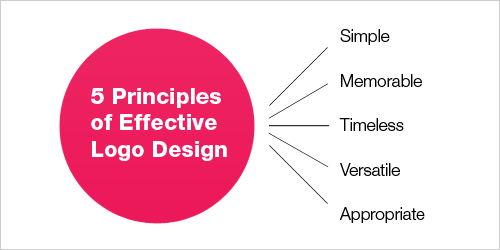Design as a new frontier for small business
When’s the last time you hired a plumber?
Do you remember Googling plumbing services in your local city and browsing through various small business websites? You may have found that some of these local wrench-slingers are pretty handy when it comes to marketing and design as well. Others, as you may have noticed, boast a web presence slapped together with little more than a few pieces of duct tape.
You see, small businesses marketing now happens a variety of fronts, not just online reviews and direct mail coupons. Great branding, engaging social media presence, a well-optimized website—these are the new customer battlegrounds. Customers are savvier than ever, and tend to click away [to your competitors] when a company just hasn’t quite kept up with the times.
In fact, studies have shown that nearly 30% of people will negatively judge content online deemed unattractive or poorly designed (Source: Adobe). Furthermore, the local landscape is more crowded than it’s ever been, steadily filling up with increasingly marketing-savvy competitors.
In fact, studies have shown that nearly 30% of people will negatively judge content online deemed unattractive or poorly designed.
(Source: Adobe)
So how can you ensure you’re standing out and giving your company the best chance of winning the business of your local customers?
3 Design Mistakes Small Businesses Need to Avoid to Stay Competitive
- Lack of a “design blueprint”
- Not having a professional logo
- Ignoring your website’s user experience
1. Lack of a “design blueprint”
Believe it or not, there’s a bit of a science to good design. Designers aren’t just running around coming up with brilliant creative ideas on the fly… No, more often than not, they are following a set of rules and guidelines, either created by them or for them, to ensure everything they create is consistent and on-brand.
And studies show this attention to detail when it comes to design has a measurable impact on business. According to a recent study:
57% of all mobile users would not recommend a business if their mobile experience was poorly designed or slow loading
Source: https://www.hubspot.com/marketing-statistics
2. Not having a professional logo
Freelancers, online contests, cousin Leo—small businesses with small budgets find all sorts of creative ways to put a logo together.
The problem here is often you don’t know what you don’t know. How are busy small business owners and entrepreneurs supposed to vet the quality of a logo design presented to them?
So many business owners don’t know that logos have to:
- Be designed using certain software, and output in appropriate file types
- Adhere to a logical color scheme (color is science, not guesswork)
- Scale down to sizes large and small, and cannot feature detail that is too fine
- Feature a few different variations for specific applications, anticipated by a professional and experienced designer

Logo design is a science, and too often we see poor logos on the sides of trucks and store banners because busy entrepreneurs either don’t necessarily have the skills to decipher a good logo from a bad one, or simply don’t value the importance of a well-designed logo and try to save a buck rather than hire an experienced branding agency.
The fundamental flaw in either of those scenarios however, is customers do. As stated in some of the studies and statistics referenced above, design affects your bottom line.
As stated in some of the studies and statistics referenced above, design affects your bottom line.
3. Ignoring your website’s user experience (UX)
UI (user interface) and UX (user experience) are often used interchangeably and essential represent one simple thing:
How useful and easy to use your website experience is to your target audience—your customers.
Often, a good user experience requires you to think about a few key things:
- Legibility. Are your fonts big enough and well spaced? Are you trying to cram too much stuff into a small space?
- Performance. Does your website load fast? Is it optimized for people viewing from their smartphones?
- Content. Have you identified who exactly you’re speaking to? Does that come through in the writing? Are you making it easy for users to find what they need?
At LeadCardinal, we take design seriously (and so should you)
We bring decades of agency experience to small business owners, entrepreneurs, and solopreneur who don’t necessary have the time or budget to dedicate to large professional design and marketing agencies.
Our motto, great design at an unbelievable value.
Reach out today, speak with a small business design and marketing expert, and see how we can help take your business to new heights.




